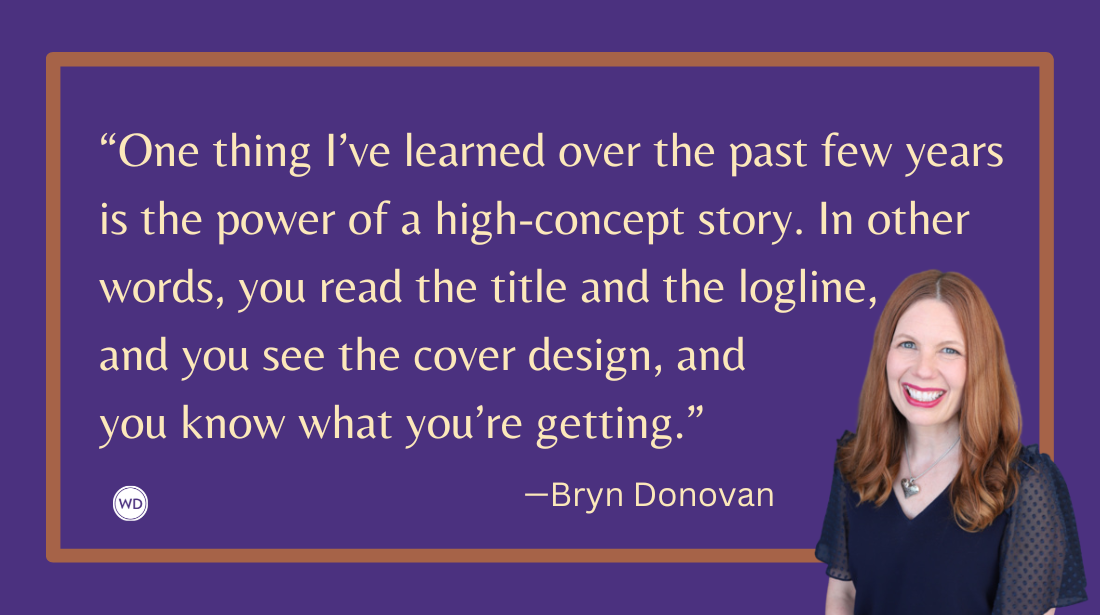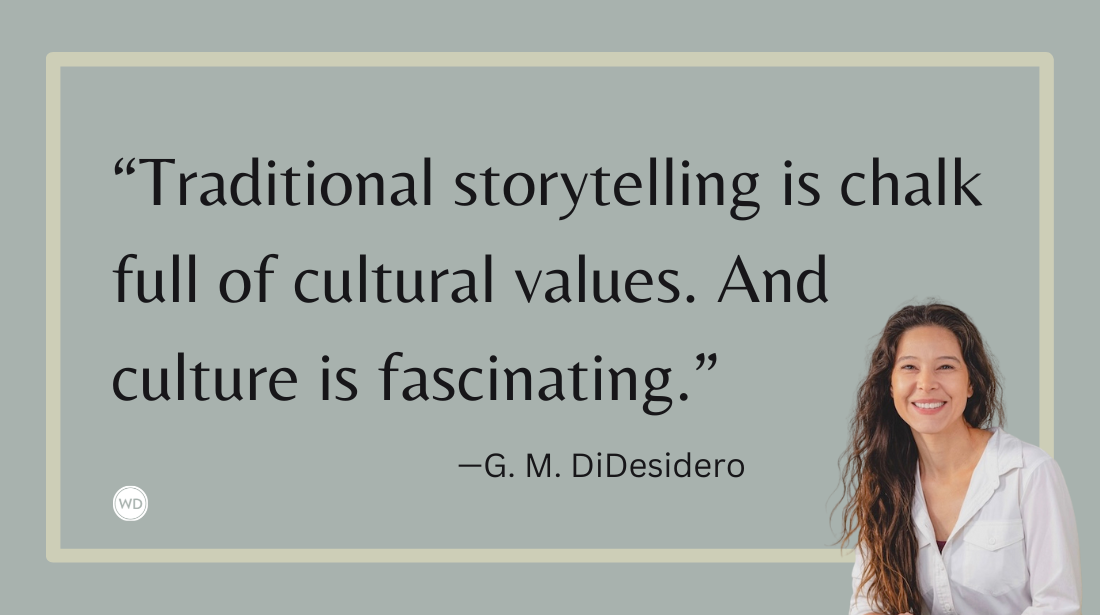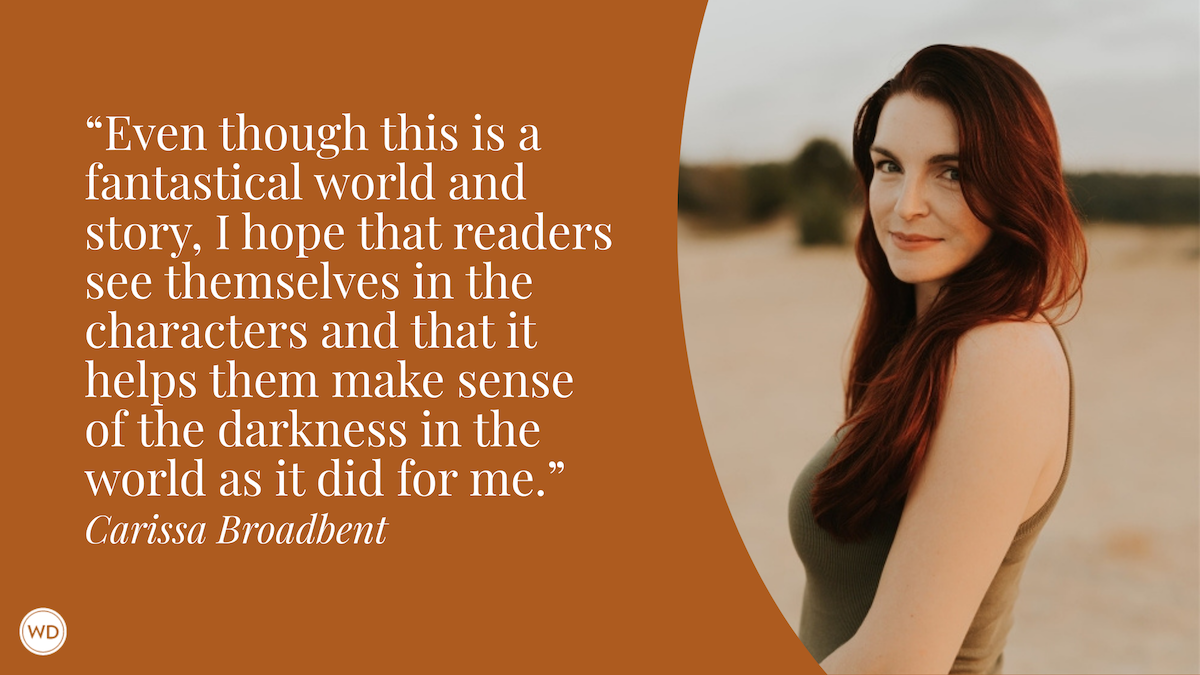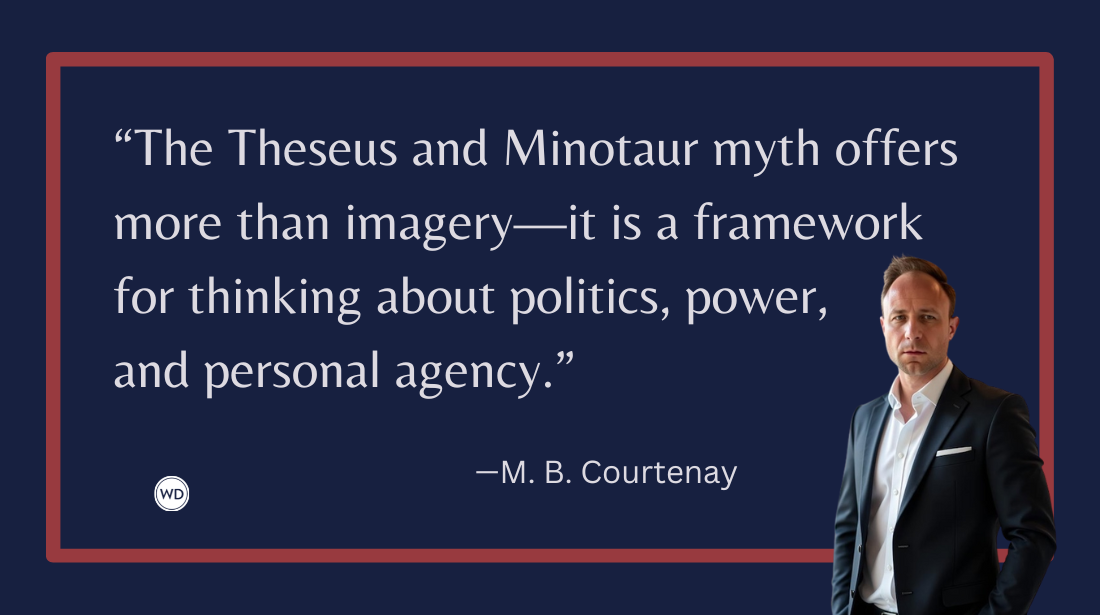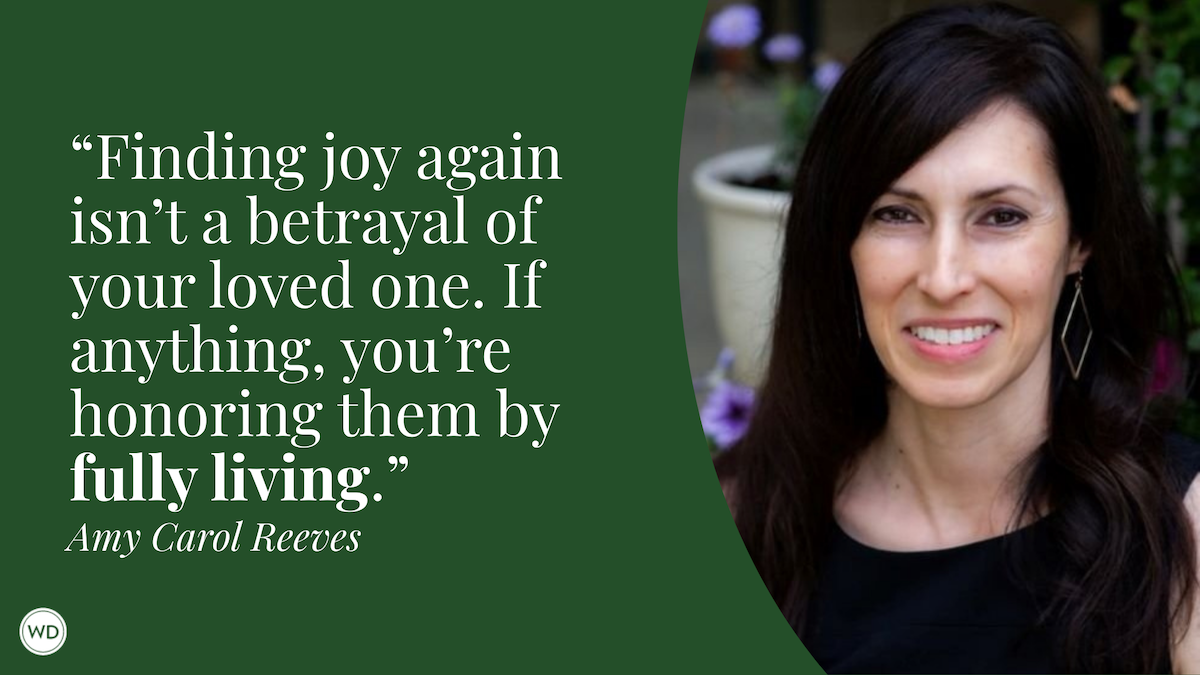The Power of Hopeful Fiction in Difficult Times
Bestselling author Shanna Hatfield discusses the power of hopeful fiction in difficult times, along with four tips for writing it.
In a world filled with uncertainty, division, and heartbreak, stories can be lifelines. Hopeful fiction reminds us of better possibilities, of courage tucked away, waiting to blossom. It offers the assurance that beauty can emerge from hardship. Fiction infused with hope doesn’t blithely skip around reality. It faces it head-on, then provides the steps for readers to climb above it. For writers, finding the balance between authenticity and optimism can be challenging, but getting it right feels like a cherished gift.
As an author of heartwarming contemporary romance and historical fiction, I’ve experienced firsthand the impact of hope-filled storytelling. The first note I received from a reader wasn’t long after my first book was published. The opening line brought me to tears and left me supremely humbled:
I just wanted to tell you how fantastic your books are, and to let you know you saved a life.
The letter was from a young mother suffering from postpartum depression, who had teetered on the edge of thinking she had nothing to live for. Then, a friend brought her a Kindle, and she started reading in her moments of desperation. She found the courage she needed in the hope-filled pages of the story and climbed out on the other side with a heart full of thankfulness.
Reading your books has given me a new sense of hope.
Another reader wrote that, letting me know she’d been so disillusioned by life, she’d all but given up that anything good would ever happen to her. But the books she read renewed her dreams and belief in positive things coming her way.
The notes I receive from readers leave me humbled and grateful, but they also remind me that the stories we write are influential. They heal. They encourage. They inspire.
The challenge we face is in writing fiction that doesn’t paint a rosy hue over life’s difficulties. Characters have to face real hardship for their victories to feel earned. As writers, we must allow characters to wrestle with realistic conflicts. Maybe they’ve been diagnosed with an unexpected illness. Or they are struggling financially. Perhaps there’s a fractured relationship that picks at their heart like a scab that won’t heal. Give your characters trying situations and problems to overcome, but thread that needle with hope.
When it emerges from the embers of a soul-deep struggle, hope can be profoundly powerful.
Think in practical, everyday terms for adding hope to your story, one small layer at a time. It can be something as simple as a neighbor bringing over a meal, a friend cracking a joke at what seems like an inappropriate moment but is actually the perfect time, or a warm smile. It’s hard to feel hopeless when someone offers a genuine smile. These little glimmers of kindness reflect a root truth: Even in the darkest moments, light and goodness exist. By weaving in little threads of light, it establishes hope as something resilient. Something to be treasured.
Readers are smart, so don’t try to fool them into thinking all is well when a character is treated too gently. They know when a story rings false. Finding the balance of authenticity with optimism is vital. A romance novel that ignores all hardship doesn’t feel honest, but if the characters spend the entire book down in the weeds, wallowing in despair, it won’t leave readers wanting more.
A well-balanced story acknowledges pain, but doesn’t linger in it endlessly. Characters need to stumble, reveal their flaws, and suffer a setback or two, but that provides an opportunity to reveal their inner strength and external support. Vulnerability creates a wonderful foundation on which to build resilience. As readers journey with the characters through authentic, realistic struggles, the hard-earned joys feel like a victory, and the story becomes much more meaningful and memorable.
Every day we are bombarded with news of worldwide plagues, pestilence, and problems along with personal griefs that can ripple into towering waves. Against such a harsh backdrop, hopeful fiction does more than just entertain. It provides a safe place for readers to experience a gamut of emotions, process a variety of thoughts, and envision a better tomorrow.
A story rooted in hope provides readers with the opportunity to believe in healing, in mending. It offers what we all long for—exploring the possibility and power of enduring love. Not every story needs to have a picture-perfect happily-ever-after ending, but end the story with a hint of potential and a sliver of light shimmering in the future. Even if the character didn’t achieve their dream or fell short of their goal, when they’ve experienced an authentic journey woven with hope, the reader will still celebrate what they’ve discovered along the way.
Use hope as an opportunity to strengthen the bond between writer and reader. When someone finds solace or joy or unexpected emotion in a story, that connection carries into their life. That’s when a reader recommends the book to friends, looks for the author’s other works, and stands a little taller with hope hemming their heart.
A few simple guides can help imbue your book with a balance of authenticity with optimism that will make your characters unforgettable:
- Create a foundation of hope in truth. Allow your characters to face real challenges, but weave in gestures of kindness, tenacity, and love to illuminate the path forward.
- Add vulnerability. Don’t be afraid to give your characters moments of weakness or anguish. Resilience born of struggle with shine all the brighter.
- Craft possibility. Even if not every conflict is resolved, wrap up the ending with a sense of moving forward through healing, forgiveness, or newfound strength.
- Remember the reader. Figure out what gift you want to leave with them: encouragement, laughter, reassurance that love still exists. Begin with that intention in mind, and go write your best story.
When life is hard and the darkness looms around us, writing hopeful fiction is not an indulgence—it’s an act of generosity and kindness. To craft stories rich with courage and tenderness is to reassure readers they are not alone. It reminds them that even in the hardest experiences, life is woven with golden threads of hope.
I’m incredibly grateful for the readers who sought comfort within the pages of my novels. Their notes and letters remind me that every hopeful scene, every resilient character, every earned happiness matters.
Fiction can’t erase or cure the world’s struggles, but it can encourage us to face them—with hearts full of love, faith, and hope.
Check out Shanna Hatfield's The Bridge here:
(WD uses affiliate links)




